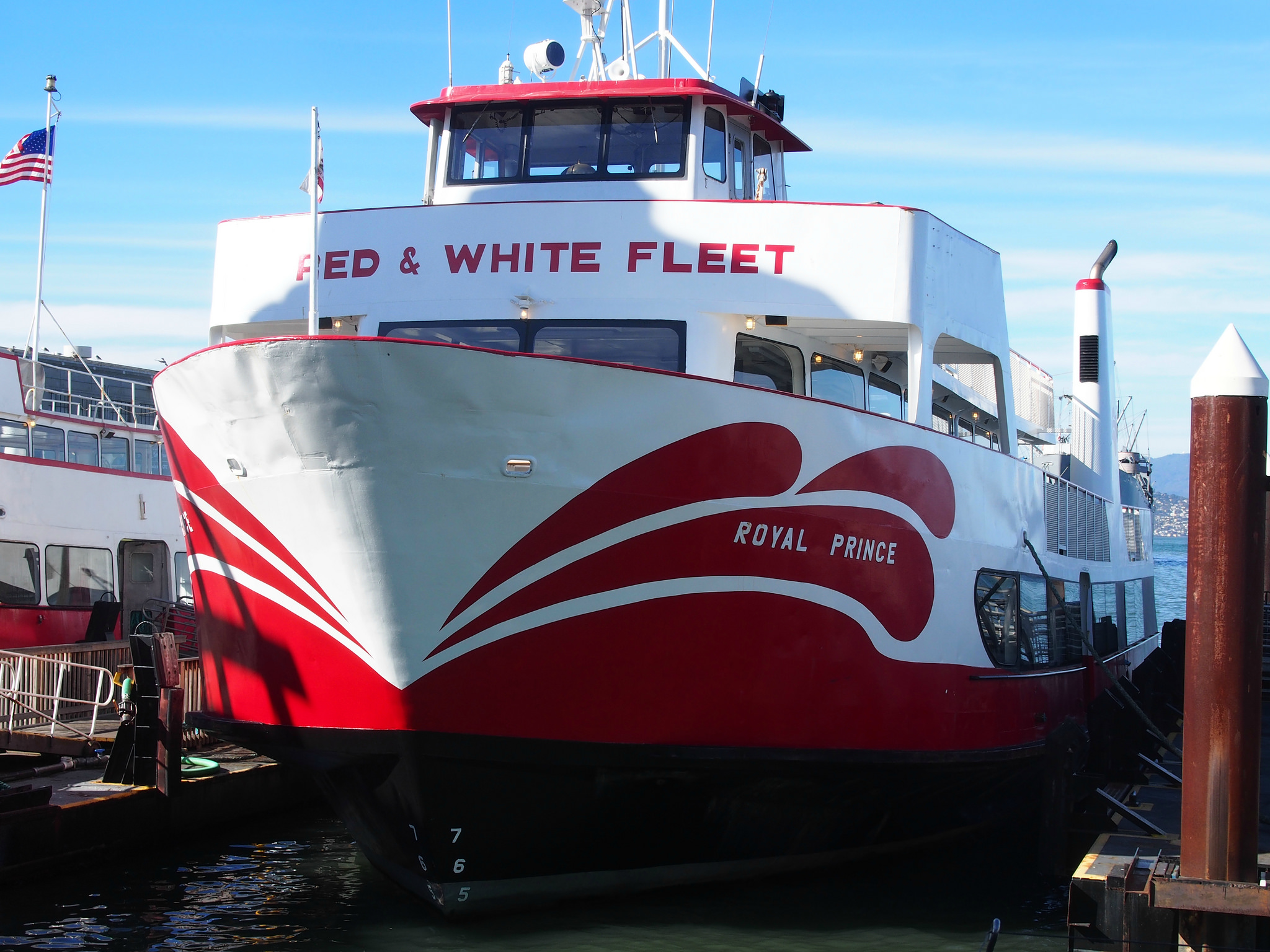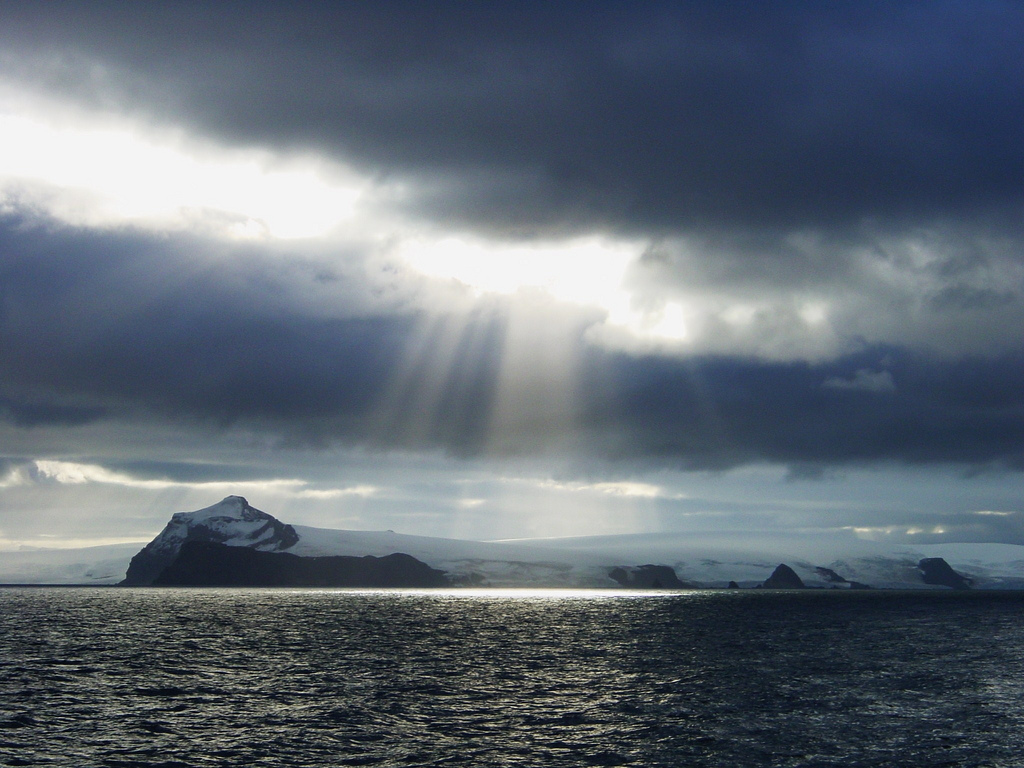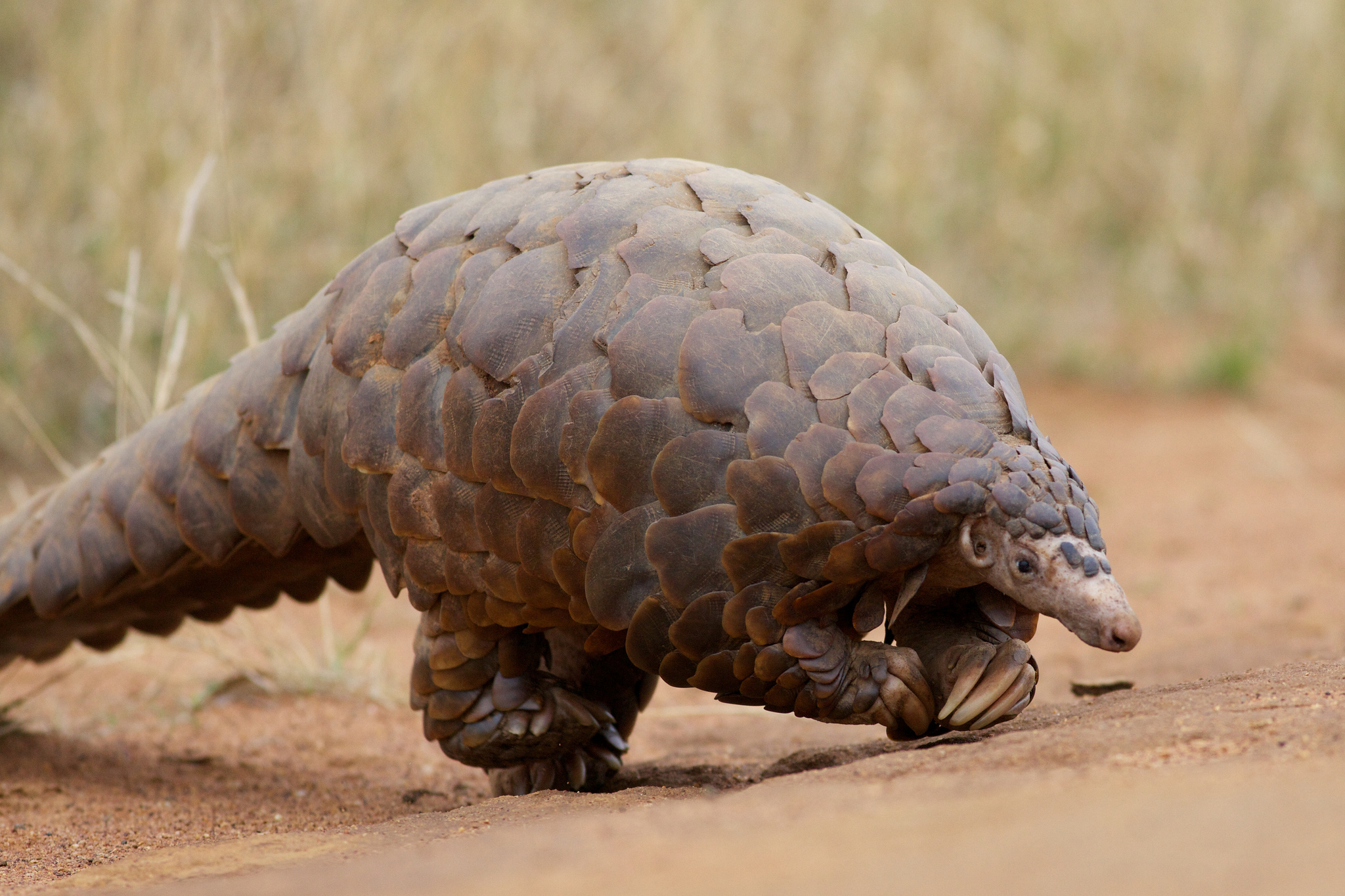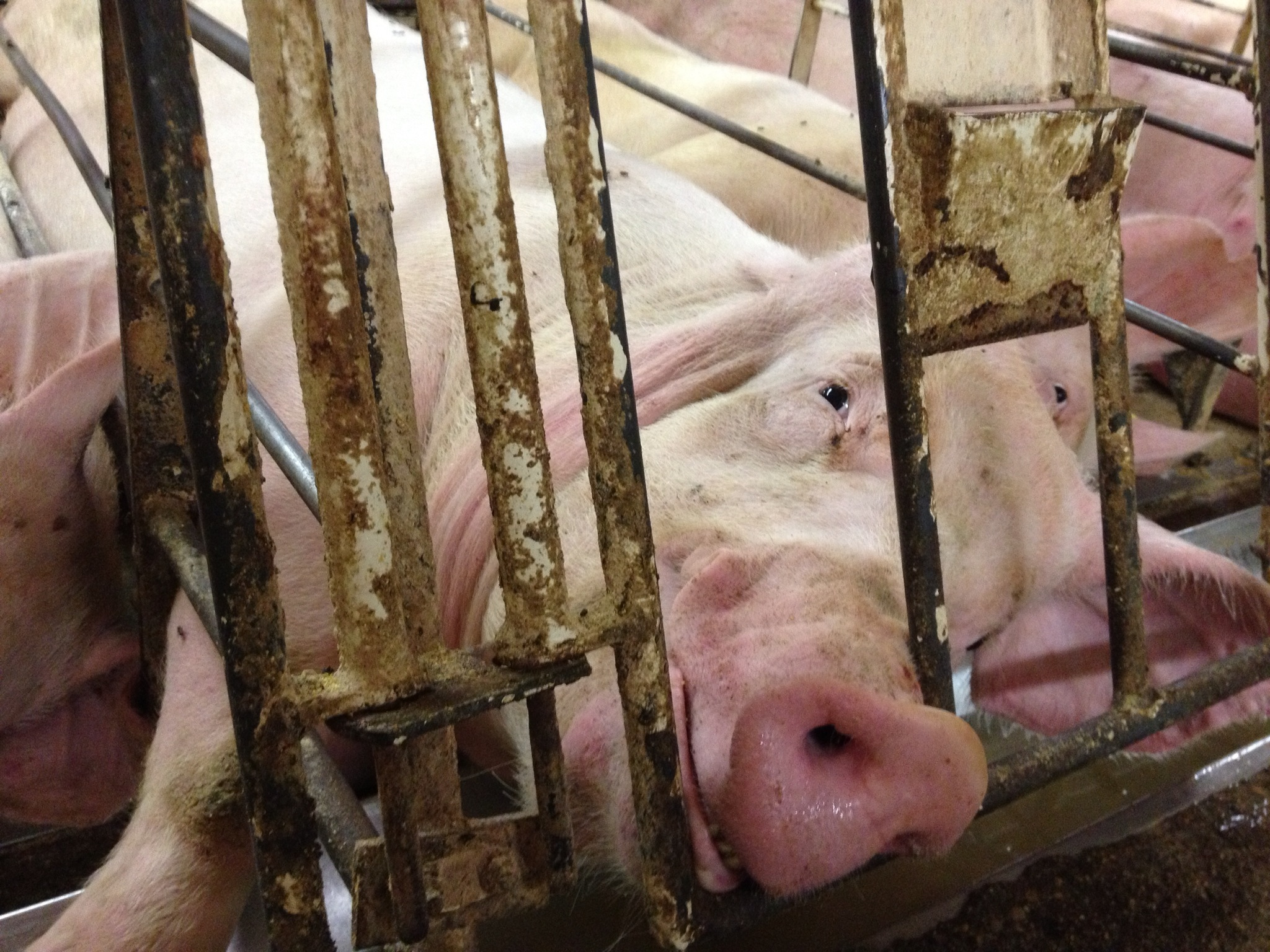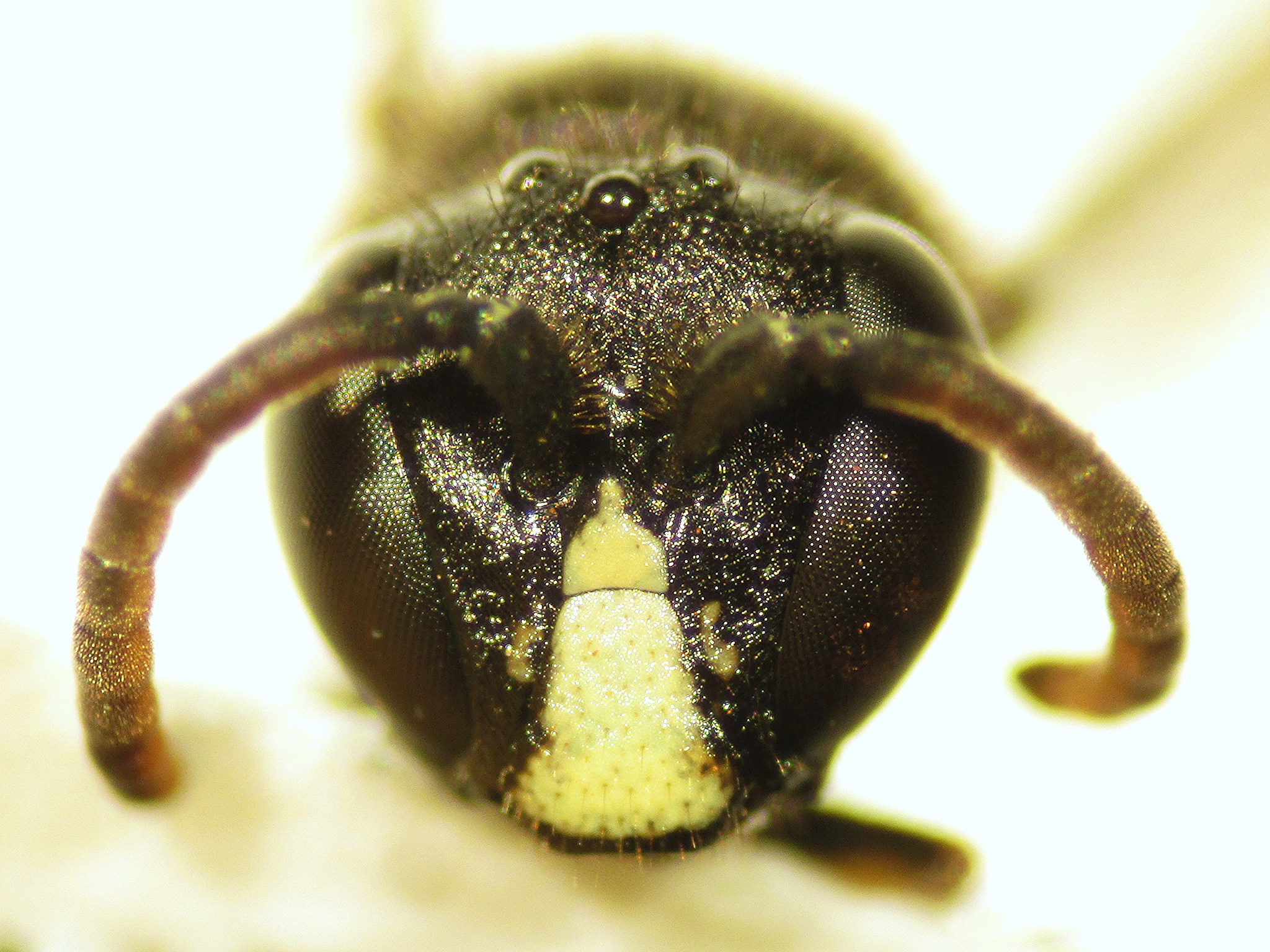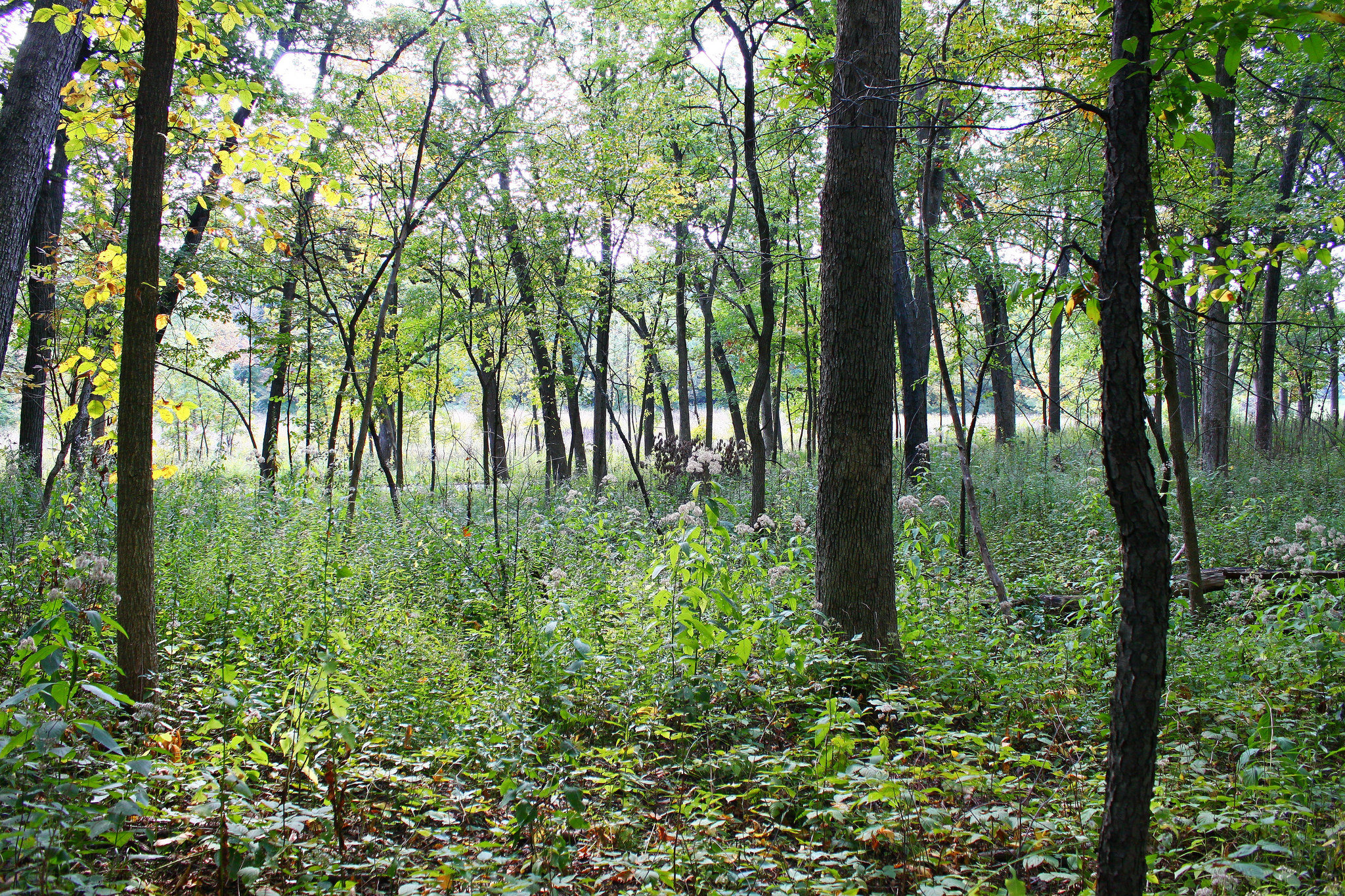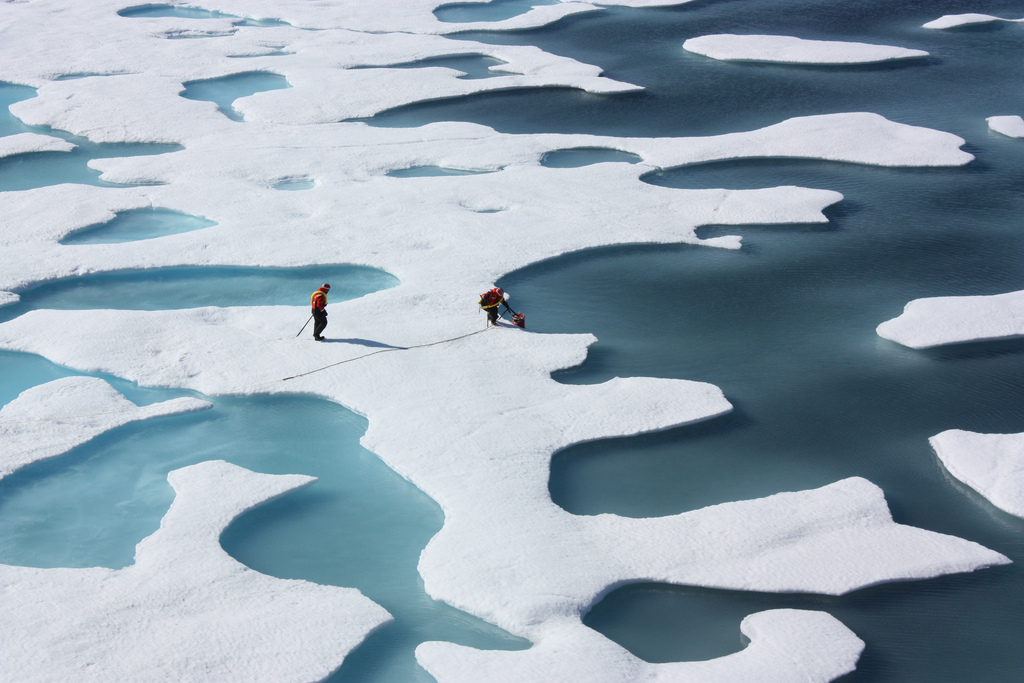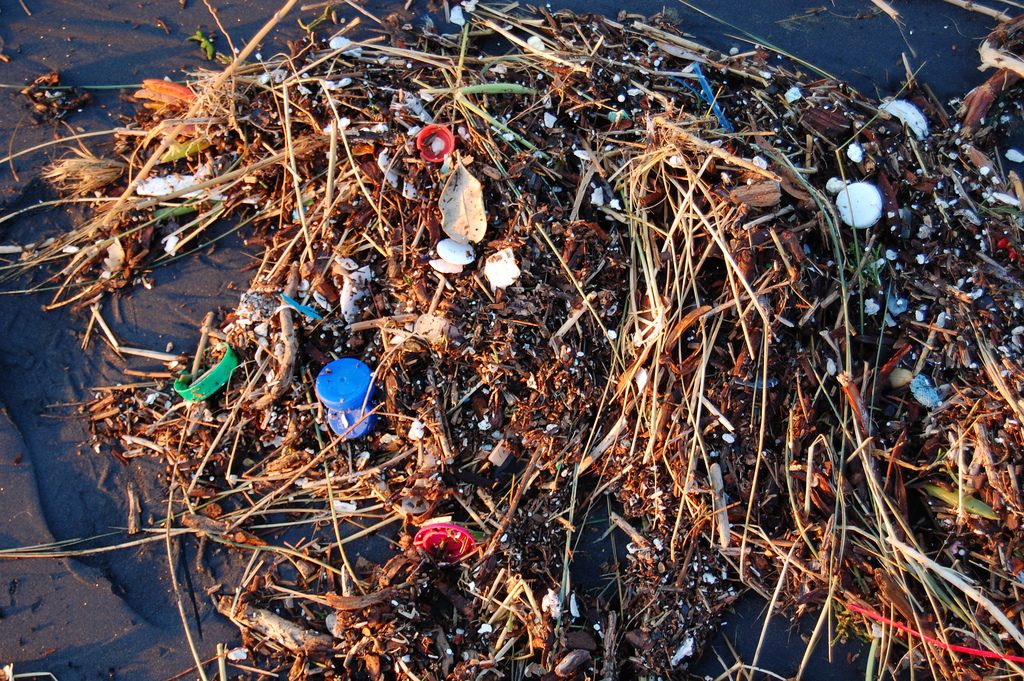The Canadian government has chosen a carbon tax as its national policy to reduce greenhouse gas emissions. This aggressive move could have major repercussions around the world.
Our Environment
Snow Leopards And Humans
Snow leopards are majestic animals native to Central Asia. They roam the region’s rugged terrain, from Afghanistan to Kazakhstan and Russia in the north, and to India and China in the east. Snow leopards are known for their thick white coat of fur with ringed black and brown spots. These markings help camouflage the animals from their prey. But the camouflage does little to protect snow leopards from one of their biggest threats: humans.
Australia On The Run
We’ve all come to take for granted the ability of GPS systems to help us find our way around our cities, the countryside and, for that matter, the world in general. Software interacting with Global Positioning Satellites allows us to pinpoint our location on the Earth with remarkable accuracy. At least, as long as places on Earth stay put. But the problem is that they actually don’t.
A Hydrogen-Powered Ferry
The Red and White Fleet has been ferrying tourists around San Francisco Bay since 1892 and is a company committed to environmental sustainability. When looking for ways to reduce the emissions from its fleet of passenger ferries, the company wondered if there was a way to eliminate emissions entirely. That question was put to researchers at Sandia National Laboratories in a very specific form: Is it feasible to build and operate a high-speed passenger ferry solely powered by hydrogen fuel cells? According to a recently-released report, the answer is yes.
Carbon Dioxide Continues To Rise
Back in December of 2013, a little less than three years ago, Earth Wise reported that the observatory on Mauna Loa in Hawaii had briefly measured carbon dioxide levels greater than 400 parts per million for the first time ever. During the following year, readings above the 400 level started to pop up occasionally elsewhere as well.
3
Help For Pangolins
Poaching and illegal trafficking in exotic animals is a world-wide problem that most of us are aware of. What most of us are less aware of is that the most trafficked mammal in the world is the pangolin, which you may well have never even heard of.
Turning Sunlight into Fuel
When looking at the best ways to meet humanity’s energy needs, there is little doubt that the sun is the ultimate answer. In one hour, the Earth receives enough energy from the sun to meet all of our needs for a year. Despite this fact, the world currently only gets about 1% of its energy directly from the sun.
Animal Welfare
One week from today many of us will head to the polls to make critical decisions about who will represent us in the White House, in Congress, and in state and local offices. And in several states, people will also vote on the humane treatment of animals.
Tricks In Our Treats
Halloween is traditionally a day when we choose to ignore the inconvenient truths about candy. Many of us overindulge on sweet treats and give little thought to what’s inside… particularly with respect to nutrition.
Improving Wave Energy
Ocean energy is still one of the biggest untapped clean energy sources on the planet. There are many studies that have shown that it could provide power for millions of homes in the U.S. alone. But despite this, the technology is still in its infancy and it is unclear when and if it can become a major contributor to our energy needs.
Endangered Bees
It’s no secret that pollinators around the world are under threat. According to a U.N. sponsored report released earlier this year, 40% of invertebrate pollinator species, such as bees and butterflies, are facing extinction. And since approximately 75% of the world’s food crops depend on pollination, the decline of these pollinators poses a major threat to food worldwide.
Small Forests And Climate
Trees are the number one way in which carbon can be removed from the atmosphere and stored in vegetation over the long term. A single tree can absorb CO2 at a rate of 48 pounds per year. Because of this, the carbon footprints of 18 average Americans can be neutralized by one acre of hardwood trees. And it has been found that managed forests accumulate more carbon per acre than unmanaged forests.
Disappearing Arctic Ice
The top of the world is turning from white to blue in the summer. The ice that has long covered the north polar seas is melting away.
Ocean Cleanup Progress Report
Back in June, we talked about The Ocean Cleanup, a Dutch foundation founded in 2013 by an 18-year-old named Boyan Slat, which is developing technologies to rid the oceans of the vast collections of plastic that have been accumulating over the past 50 years.
Are Electric Cars Worth The Price?
Pretty much every discussion of electric cars, plug-in hybrids and ordinary hybrids starts and ends up with the question of whether they are worth the money. If the reason for buying such a vehicle is strictly economic, then this is the right question to ask. But the naysayers who say such a purchase is foolish may be barking up the wrong tree.
Repurposing Ocean Plastic
Scientists estimate that there is more than 165 million tons of plastic swirling about in our oceans today. And another 8.8 million tons of plastic ends up in oceans every year. According to a recent report from the World Economic Forum and the Ellen MacArthur Foundation, there could be more plastic by weight than fish by 2050 if current trends continue.
A Giant Solar Power Plant In India
In late September, the world’s largest solar power plant went online in the Indian state of Tamil Nadu. It is a 648 MW array of solar panels that is spread across 2,500 acres in the town of Kamuthi and will supply enough energy to power 300,000 homes.
A Blueprint For Offshore Wind In N.Y.
The Cuomo Administration recently released the New York State Offshore Wind Blueprint, a plan to advance the development of offshore wind along New York’s coastline.



